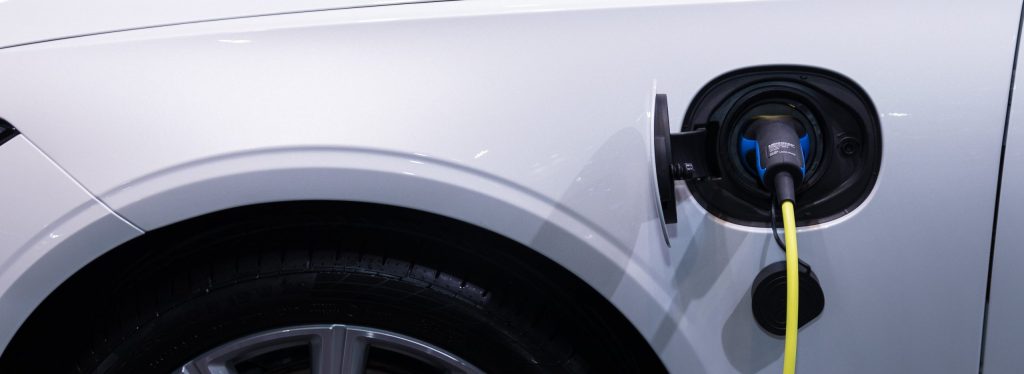
Tesla and more recently Hyundai and Kia with their brilliant Ioniq and EV models have garnered the lion’s share of media attention relating to electric vehicles. Recently, some carmakers have been doing a rethink about the all-in transition to EVs, but not the federal government, which is doubling down, with a generous purchase subsidy for EVs and a hard date of 2035 for a ban on new gasoline and diesel vehicles.
The APA considers a hybrid vehicle to be an excellent all-around choice at this time, and a good alternative to a 100 percent electric vehicle, if you don’t live in the Province of Quebec with its generous EV subsidy and relatively abundant charging stations. A Plug-in Hybrid Electric Vehicle (PHEV) is equipped with a smaller battery pack that requires about a quarter of the hard-to-extract and polluting minerals needed for a 100 percent electric vehicle. (A conventional non-plug-in hybrid requires even less but it can’t recharge from an external source of electricity.) A hybrid’s smaller batteries weigh less and are better shielded in an impact than the heavy and sometimes unstable battery module in a full EV. Because a hybrid is significantly lighter than a competing EV, it will be safer for the occupants of the struck vehicle in the event of a collision.
In urban settings, a plug-in hybrid runs almost entirely in electric mode for the first 50-60 km. For longer trips, “recharging” is done quickly without having to plan ahead, because a plug-in hybrid can be filled with gasoline when a charger is not convenient. Owning a hybrid means your household won’t require a second gasoline vehicle as a backup for the two weeks a year when you take a long vacation by car.
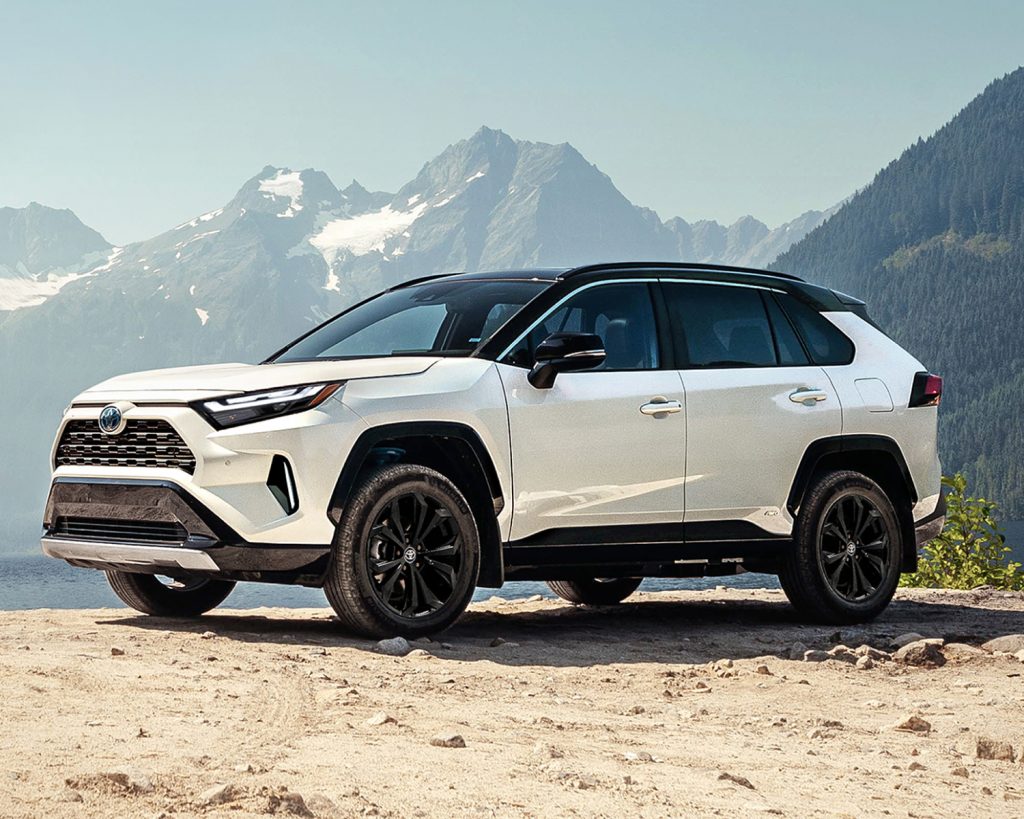
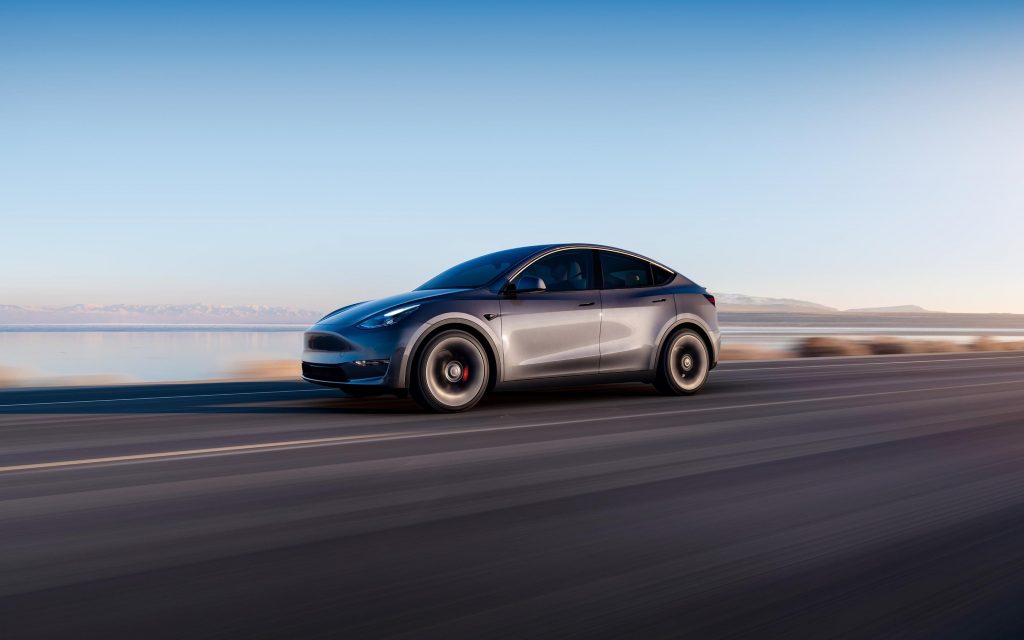
The extremely popular RAV4 Hybrid (left) and the Tesla Model 3 (right)
Manufacturing a 100% electric vehicle is more polluting and the majority of analyses estimate that it will take a few years before the higher environmental burden from manufacturing is cancelled out by running on cleaner energy (seven years, according to the Union of Concerned Scientists [pdf]). At the end of its life, it is estimated that one of today’s EVs will have contributed approximately 50% of the environmental burden of a comparable gasoline-powered vehicle. This is certain to improve when new chemistry supersedes the lithium-ion battery.
History of the plug-in concept
The Chevrolet Volt, which launched in the United States in 2011, was the first plug-in hybrid. The Volt was well ahead of its time, and its owners were among the first to experience driving a vehicle powered by an electric motor; that was well before the arrival of charging networks. Unfortunately, shortsighted General Motors abandoned its promising technology and has bet the farm on large electric models; so far, GM’s new EVs have had troublesome launches and their sales are tiny. But by abandoning its leadership in plug-in hybrids, GM opened up opportunities for other automakers.
Recommended Plug-In Hybrids
Toyota catalogues several plug-in hybrids, but some models like the RAV4 Prime SUV are more concept than reality, as they are unavailable in what can be considered an acceptable timeframe. Delivery times for the Prius Prime hatchback are long, but more reasonable than those for the RAV4 Prime, which are measured in years. Delivery times for most Lexus plug-in hybrids are shorter than for the Toyota models that share the same platforms. Hyundai and Kia offer a variety of plug-in hybrids, as do some of the European brands and Mitsubishi.
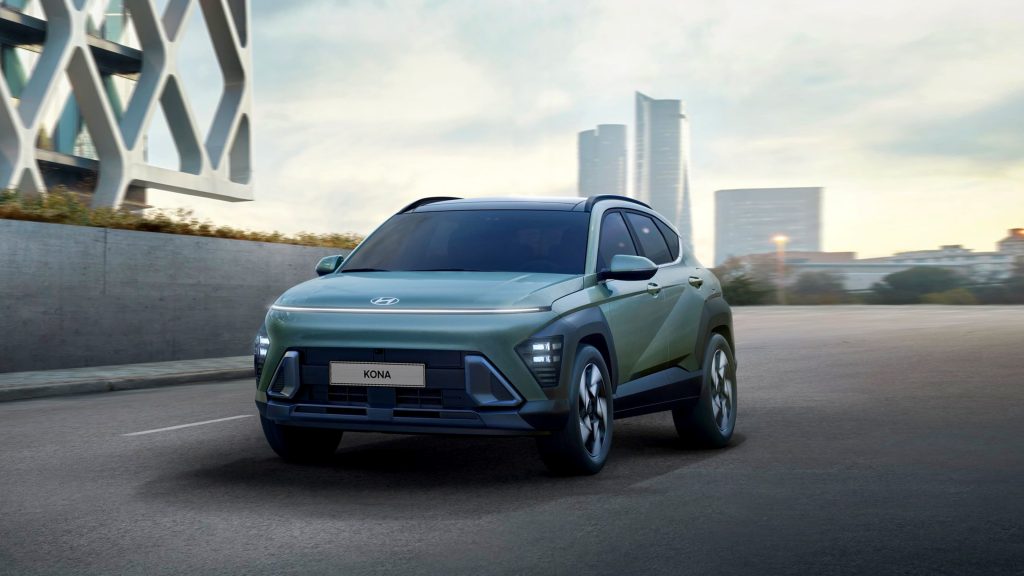
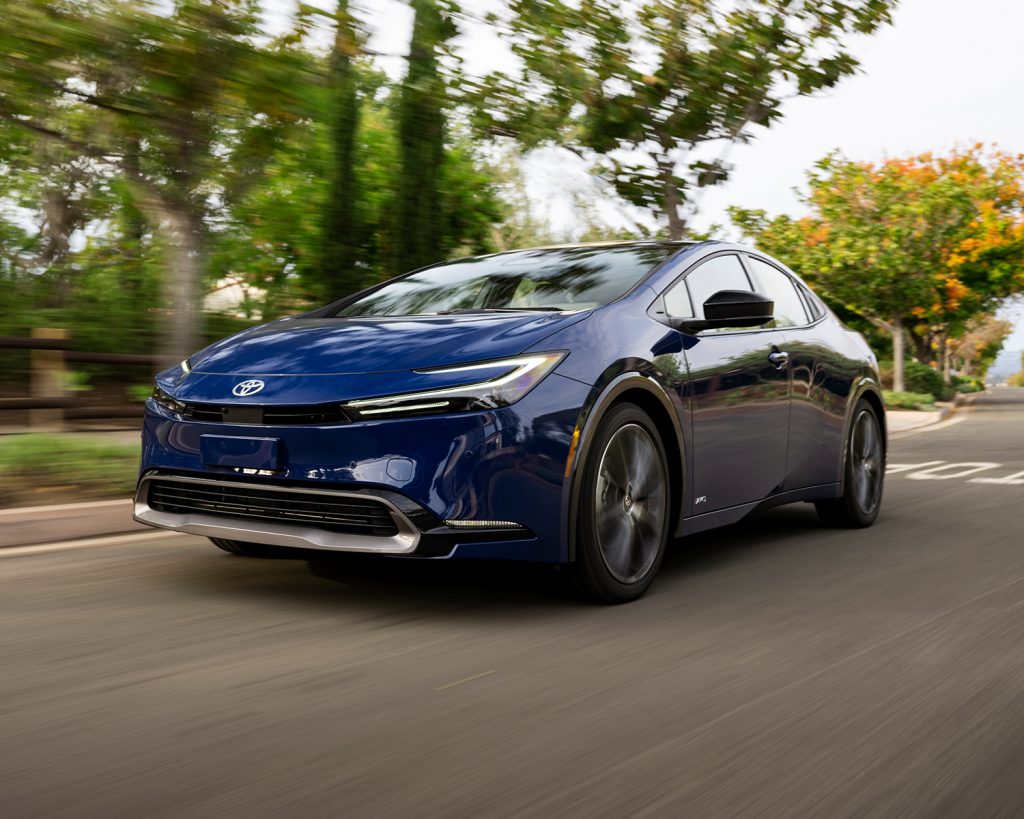
Hyundai’s redesigned 2024 Kona EV (left) and Toyota’s all new 2023 Prius Prime Plug-In Hybrid (right)
Going full electric
Among the advantages of battery electric vehicles (BEVs), the energy cost of driving in electric mode is one eighth of the price for a gasoline vehicle, and a quarter of most hybrids when they are in gasoline mode. A large part of the energy cost advantage is attributable to the fact that EVs do not pay the excise taxes levied on fossil fuels. Those taxes are supposed to pay for maintaining our roads and transportation infrastructure. That will have to change one day, but for the time being it’s a large cost advantage that will pay dividends over the life of a hybrid or electric vehicle.
The acceleration of recent EVs is breathtaking (faster is not safer!), and the handling is impressive, a consequence of the lower center of gravity. Several EV models have dazzling designs. At this time, overall EV reliability is inferior to comparable hybrid and gasoline vehicles. In theory, an EV requires less maintenance because there are no oils to change, no spark plugs or ignition system to repair, nor the majority of filters that need to be replaced on a gasoline powertrain. On the other hand, when EVs break, repairs are expensive and service is limited. And the cost of new replacement batteries is ruinous – from $30,000 to $55,000 per vehicle. Battery “modules” are vulnerable to collision damage, which contributes to expensive insurance write-offs, and the batteries are prone to degradation over time in a similar manner to the lithium-ion batteries that power our cell phones and other electronic devices.
Recommended electric vehicles
Among the well ranked electric vehicles evaluated by the APA, are the Tesla 3, Hyundai Ioniq 5 and Ioniq 6, and the Kia EV6. The Kona and Niro EVs are among the better smaller, more sensible EVs. Expect a wait of six to twelve months for one of the Hyundai or Kia models; the Tesla currently takes about three weeks, sometimes less if you order a model from inventory.
Predicted long-term reliability of all these models ranges from below average to average or is unknown. Purchase of an extended warranty or leasing are potential backstops to reduce the likelihood of paying for expensive repairs.
If you have further questions and are a member of the APA, please feel free to get in touch with us for a more detailed consultation.
